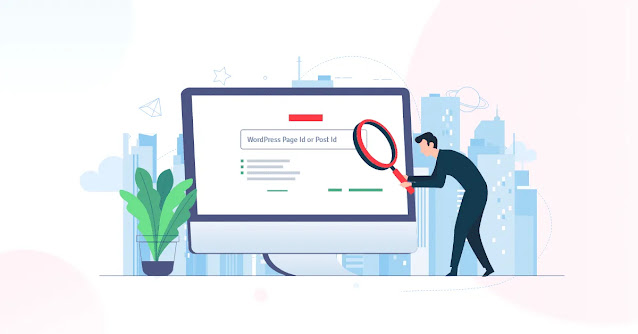Safeguard Your WordPress Site A Comprehensive Guide to Removing Malware
Are you facing the nightmare of malware infiltrating your WordPress site? Don't panic; you're not alone. Malware attacks are a common threat in the digital realm, but they don't have to spell doom for your website. In this guide, we'll walk you through the steps to effectively remove malware from your WordPress site and restore its security. Remove Redirect Malware WordPress.
Malware can take various forms, from annoying pop-ups to malicious redirects that hijack your website visitors. One particularly insidious type is redirect malware, which stealthily reroutes your site's traffic to spammy or malicious pages. Not only does this harm your website's reputation and user experience, but it can also negatively impact your search engine rankings.
Here's how to rid your WordPress site of this nefarious redirect malware:
Identify the Signs of Redirect Malware: Before you can eradicate redirect malware, you need to recognize its presence. Keep an eye out for unusual redirects, unexpected pop-ups, or strange changes in your site's behavior. Additionally, monitor your site's traffic patterns and look for any suspicious spikes or dips.
Scan Your Site for Malware: Use reputable security plugins or online scanners to thoroughly scan your WordPress site for malware. These tools can detect malicious code, suspicious files, and unauthorized changes to your site's files or database. Don't forget to scan both your site's frontend and backend for comprehensive coverage.
Remove Infected Files and Code: Once malware is detected, it's crucial to swiftly remove all traces of it from your WordPress site. This may involve deleting infected files, cleaning up compromised code, and reverting any unauthorized changes. Be thorough in your cleanup process to ensure that no remnants of malware remain lurking on your site.
Update Your WordPress Core, Themes, and Plugins: Outdated software is a prime target for malware attacks, so keeping your WordPress core, themes, and plugins up to date is essential for maintaining security. Regularly check for available updates and promptly install them to patch any vulnerabilities that could be exploited by malware.
Enhance Your Site's Security Measures: Take proactive steps to fortify your WordPress site's defenses against future malware attacks. Implement strong passwords, enable two-factor authentication, and limit login attempts to thwart unauthorized access attempts. Additionally, consider using a web application firewall (WAF) or security plugin to add an extra layer of protection.
Monitor and Maintain Vigilance: Malware threats are constantly evolving, so it's crucial to remain vigilant and proactive in safeguarding your WordPress site. Regularly monitor your site for any signs of suspicious activity, perform routine security audits, and stay informed about the latest cybersecurity trends and best practices.
By following these steps and staying proactive in your site's security efforts, you can effectively remove malware from your WordPress site and prevent future infections. Remember, the key to combating malware is swift action and ongoing vigilance. Don't let malicious actors compromise the integrity of your website—take control of your site's security today.




Comments
Post a Comment